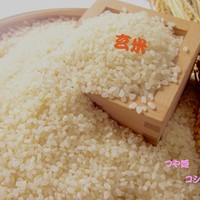Umami 101: Master the Art of Balancing Flavors
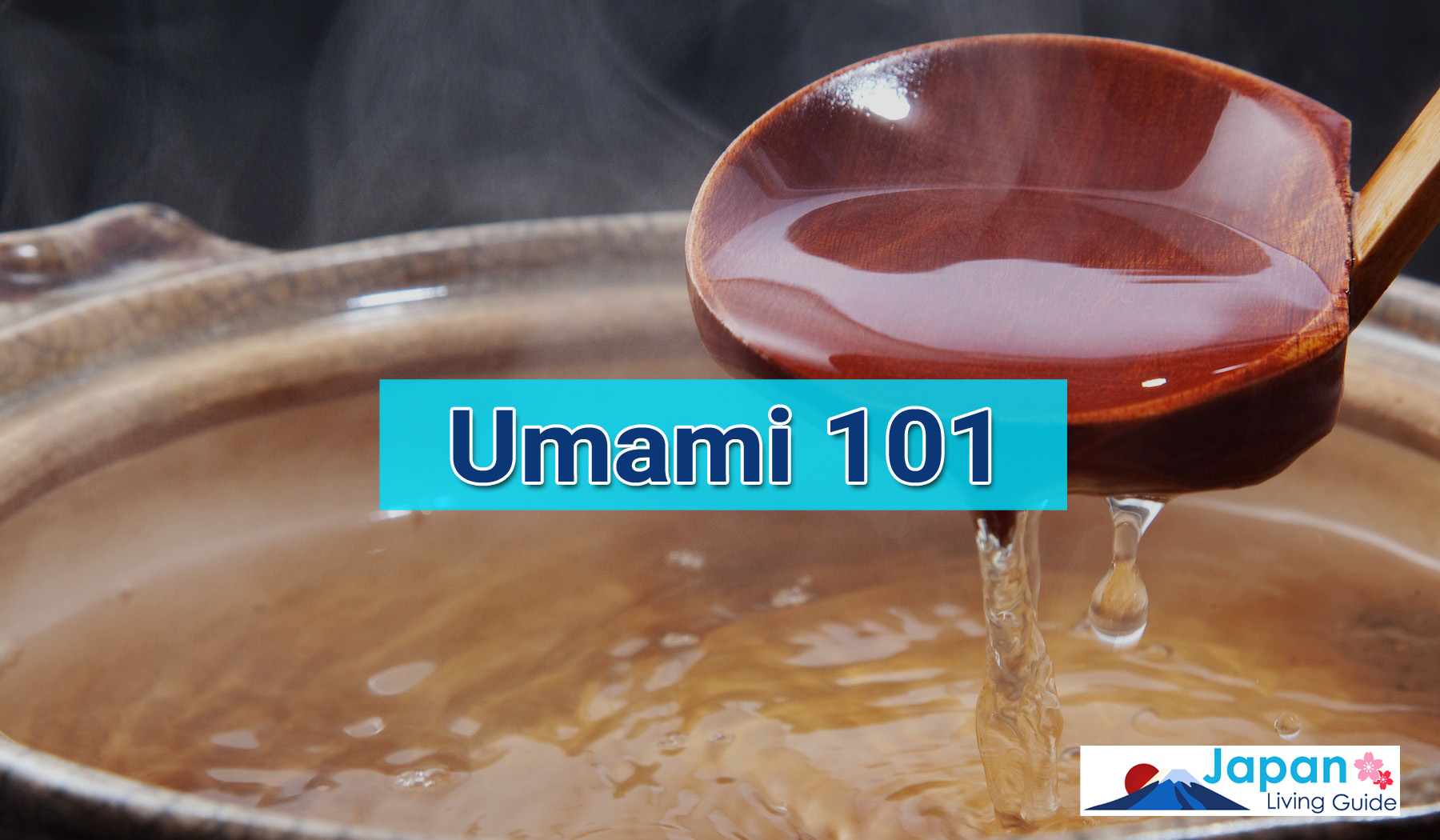
This page contains affiliate links.
The latest food trend is all about umami—the fifth basic taste that can elevate your culinary game to the next level. Don't worry if you are unfamiliar with umami yet. We've got you covered. Umami is vital to delicious cooking and in various ingredients and dishes worldwide. While its origins and many of its applications come from Japan, umami has become a global sensation. So, let's dive into the fascinating world of umami together!
What is Umami Exactly?
Umami is one of the five basic tastes that cannot be replicated by mixing other flavors—similar to primary colors. These tastes stand alone and include salty, sweet, sour, bitter, and umami. The term refers to foods with high levels of the amino acid glutamate and five ribonucleotides, resulting in a distinctly savory flavor. In some countries, umami is referred to as "savory," but it's most commonly known by its Japanese name. Umami combines umai, meaning delicious, and mi, meaning flavor.
What Umami Tastes Like: 3 Distinct Properties

Umami is a subtle taste that can be difficult to identify and define, but its presence or absence in a dish is unmistakable. It is a robust and savory taste that has three key characteristics: spreading across the tongue, persistence, and salivation. Umami receptors are present all over the tongue, which gives it a feeling of spreading or coating the tongue, unlike sweet or salty tastes, which are predominantly tasted at the tip of the tongue.
The second characteristic of umami is its persistence. The taste lingers in the mouth, making it a significant factor in the aftertaste. Lastly, umami promotes salivation, producing more viscous and sustained saliva than other tastes like sour.
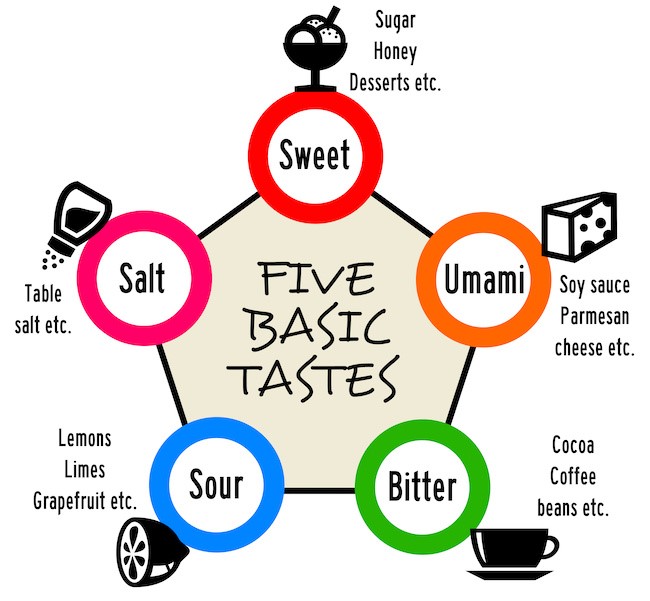
Combining several umami-rich foods creates a well-rounded taste that enhances satiety. The combination of grilled beef and tomato ketchup in a cheeseburger produces three strong umami tastes that make portions seem larger. However, the multiple umami ingredients combine to create a perfectly balanced food that increases satiety.
The Birth of Flavor: Umami
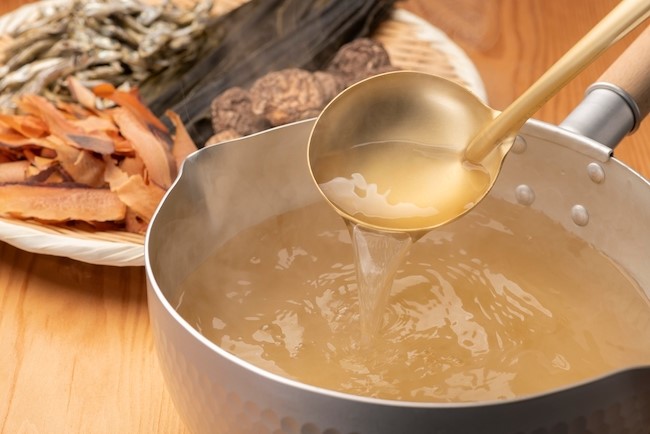
In the early 20th century, there were only four recognized basic tastes: sweet, sour, salty, and bitter. However, a Japanese scientist named Professor Kikunae Ikeda noticed a unique taste in several foods that didn't fit into these categories. After investigating the taste in Japanese soup stock, or dashi, he found that the key ingredient in konbu seaweed was responsible for the savory flavor. He identified the taste as originating from glutamate and named it 'umami.'
Other Japanese scientists continued this research and identified other ribonucleotides that could create the umami flavor. Despite this, the concept of umami as a fifth basic taste was only globally recognized in 1990, and it has only gained widespread attention in the past 1-2 decades.
Nonetheless, umami has always been present in food and recognizing it as a basic taste has enabled us to achieve more with cooking and cuisine.
Umami & MSG: Different or the Same?
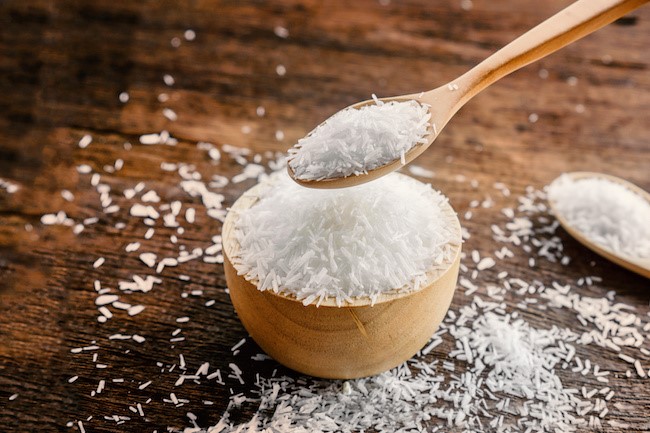
Umami is often misunderstood as being only possible through MSG seasoning. However, this misconception is not entirely accurate. After discovering umami, Professor Kikunae Ikeda created monosodium glutamate (MSG) to add umami flavor to foods that were lacking. While MSG is similar in taste to umami, it is artificially created and not naturally occurring like umami.
There has been a negative perception of MSG due to misinformation. Most of the beliefs that MSG is harmful or dangerous are debunked by current evidence. However, in some cases, research findings are contradictory, necessitating additional human studies.
Some people may experience negative effects from MSG consumption due to a condition known as MSG symptom complex (MSC) which symptoms are weakness, flushing, dizziness, headache, numbness, muscle tightness, etc., however, it is estimated that less than 1% of the general population (source from NCBI USA) is affected. As with any foods, excessive consumption is unhealthy and should be taken in moderation.
MSG can be an excellent addition to dishes for those looking to lower their sodium intake without sacrificing flavor. MSG has about 2/3 less sodium than table salt and can be easily integrated into various dishes.
What Kinds of Food Have the Umami Flavor?
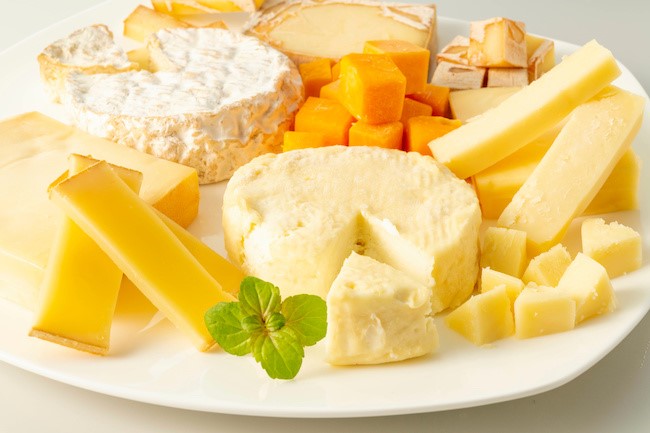
Many foods naturally contain umami and can be added to dishes to enhance their flavor. The umami presence in these foods is often increased through slow cooking or aging processes. Broths, for example, are a great source of umami.
Other common foods high in umami include mushrooms, kelp, seaweed, tomatoes, cheese, seafood, and cooked meats. Fermented foods like kimuchi, miso, natto and soy sauce made from fermented soybeans are also rich in umami. Aged foods like aged cheeses and cured meats like prosciutto also have a high umami content. These processes help to break down and release the amino acids responsible for the umami taste.
Glutamate is the Signal for Protein Absorption
The five basic tastes are vital in food quality, consumption, and flavor. Umami, in particular, helps your body recognize protein and amino acids. This is because the glutamate in umami-rich foods binds to the umami receptors in your mouth, creating an umami taste.
At the same time, it also stimulates your body to produce more saliva and digestive juices to better digest the protein. Additionally, umami receptors in your stomach trigger the digestion and absorption of protein.
Embrace Umami & Embark on a Journey of Taste
Umami is the newest addition to our taste palette and a fundamental element of all cuisine. Its unique flavor is the defining characteristic of many Japanese delicacies and is found in a diverse range of foods worldwide. Umami’s rich history and cultural significance are deeply intertwined with Japanese cuisine. As this savory sensation gains popularity in different countries, there's growing interest in understanding its mechanics and using it to take culinary skills to the next level. Embracing umami is a tasty trend and a journey of discovery and innovation in the kitchen.
Learn more fun facts about Japanese cuisine and cooking by reading our other articles here!





